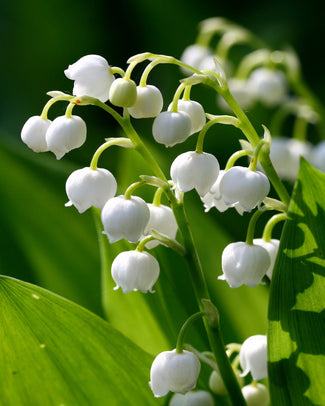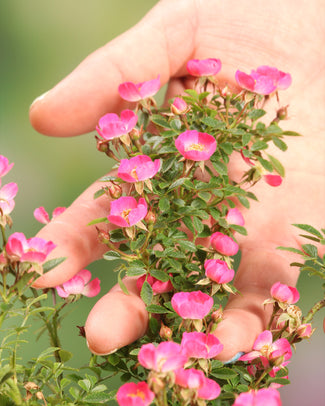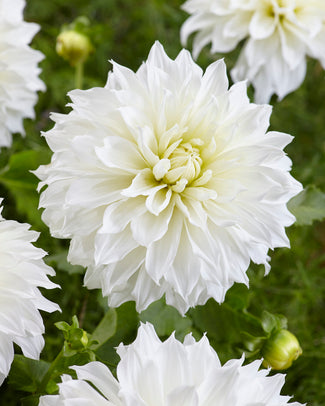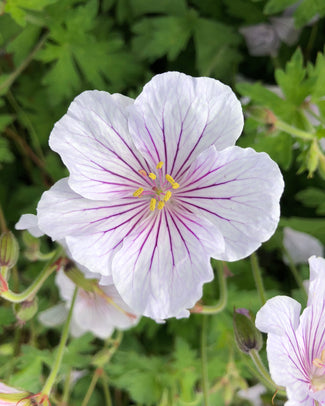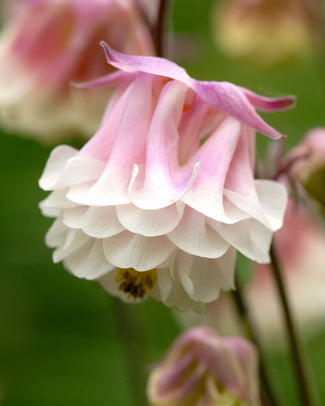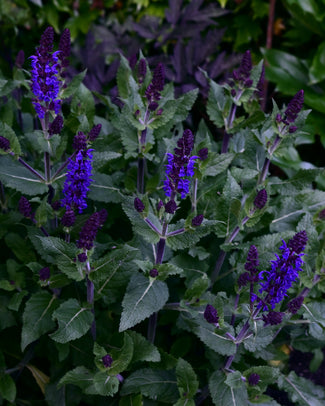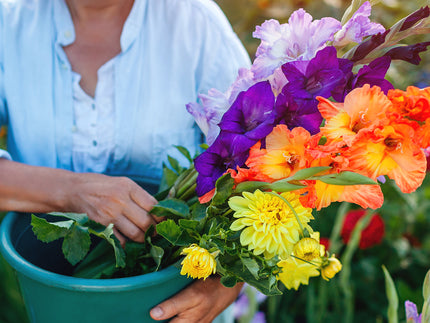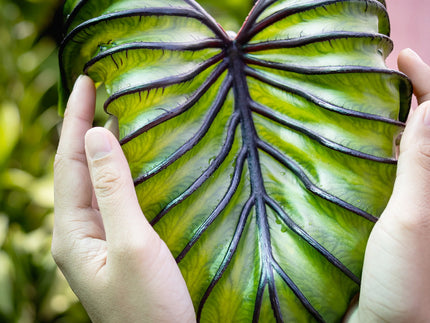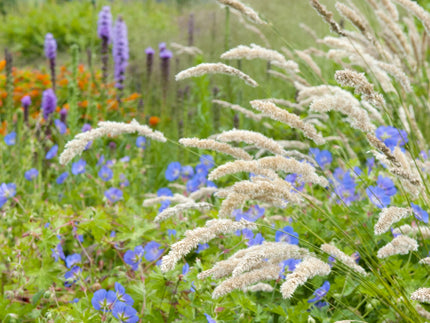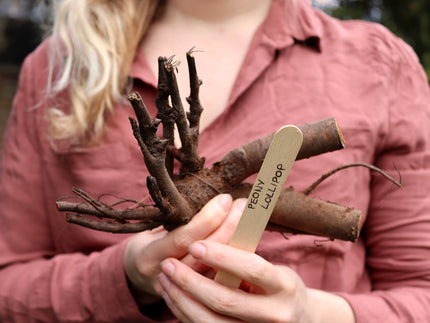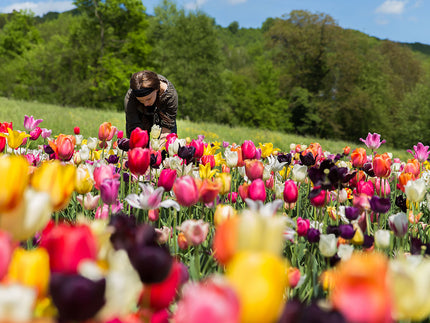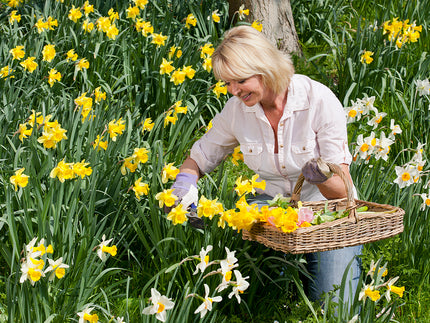How to plant Bare-root perennials
Give your plants the great start and get set for a rewarding display which returns year after year!
From Astrantia to Rudbeckia, Epimedium to Echinacea, hardy perennials come in all shapes, sizes and colours and can happily fill various spaces around the garden. When it comes to longevity and reliability in flowering plants, hardy perennials are truly the garden staple, sitting quietly in beds and borders throughout the year before bursting into life for a fabulous flowering season which just gets better every year.
Choose the right spot for your perennials and they will return each year, bigger and stronger each time. Generally speaking, hardy perennials are unfussy, undemanding and tough. On the whole the ideal planting position is in a free-draining soil in full sun or partial shade. Some varieties prefer a cool position in shade, including Convallaria, Dicentra and Epimedium. Another exception from the general rule is Astilbe which likes a damp, poorly drained soil.
Bare-root perennials planting basics
Hardy perennials are happy to be out in the elements through all seasons without much fuss, but a little nurture at first goes a long way towards growing plants which establish quickly and healthily. While bare roots can grow well if planted directly into beds, they are at risk of becoming lost among neighbouring plants, being disrupted during regular spring weeding and even being pecked out and discarded by birds looking for worms! We recommend planting bare root perennials into temporary pots in the spring and growing them on in a sheltered part of the garden first so they can establish a stronger root system and a bit of top growth, undisturbed and without competition.
How to plant bare-root perennials
— Soak the roots in water for 3-6 hours prior to planting
— Plant your bare roots into temporary pots with a multipurpose compost in spring and grow-on in a sheltered spot outdoors
— Choose a pot which comfortably fits the bare roots. Some have a noticeable crown which should be just below the soil surface with any top growth exposed. Some varieties are a length of root which should be planted lengthways and shallowly (1-2cm deep).
— Plant out into borders or permanent containers in late spring or early summer once in full growth. Choose a position in sun or shade depending on the variety.
Growing perennials in pots
Perennials can be great for pots and will provide a low maintenance display which returns every year. Unless you have very large containers, it’s a good idea to choose perennials which aren’t too tall so that they don’t make a top-heavy display. Hardy geraniums make particularly good container plants as they are fairly drought tolerant and tend to have a low growing, mounding habit. A soil-based compost is best for potted perennials as it is more robust and holds moisture for longer. Where multipurpose compost loses its freshness and starts to shrink down over time, a soil-based compost has a dense structure and heaviness to it which should suit most perennials, especially if they are intended to stay there for some time.
Planning your planting scheme
Thinking about plant heights, habits and colours plays a part in where they should sit in your border. Taller varieties should be positioned towards the back, whereas more compact or low-growing perennials should be nestled in at the front where they can be seen. Whether you have a special colour scheme or a full colour palette, you’ll want to make sure that your colours are evenly spaced too. If you have multiples of one plant variety, they’ll make a bigger impact if planted in groups of three or more.
Most importantly for the success of the plant is to take note of its preferred conditions. Those which prefer a shady position may not cope in full sun, and vice-versa. If your plant isn’t thriving, it is likely that it doesn’t like the conditions it is growing in. The good thing about perennials is that they are happy to be moved around, so if they look unhappy, simply dig up the clump in autumn and replant it immediately in a part of the garden with different conditions.
Perennials through the season
In year one
— Perennial plants grown from bare roots often take a year to establish before they start to make a big impression. In the first year, you can expect to see a modest display of flowers and foliage, but each year thereafter they come back with around twice the impact!
Maintenance
— Many hardy perennials are strong and fairly self sufficient once established. Through the summer months during hot, sunny spells it’s likely they’ll need watering in the evenings to perk them up after a day in the sun. Flowering perennials should be deadheaded when necessary, they will look much tidier without their old flower heads and may even treat you to a second flush later in the season! Tall perennials may benefit from staking, especially if in an exposed site. In autumn, simply cut the stems right down to the ground – new stems will grow back the following spring.
Divide and multiply!
— Multiply your perennials by dividing them! Dividing established clumps of perennials helps to promote healthy growth the following year, you also gain extra plants for free. Many hardy perennials are clump forming, meaning that over time they form a larger and larger ‘clump’ and root network which can be lifted, divided and replanted to fill other gaps around the garden. The best time to do this is in autumn.

















































































































































































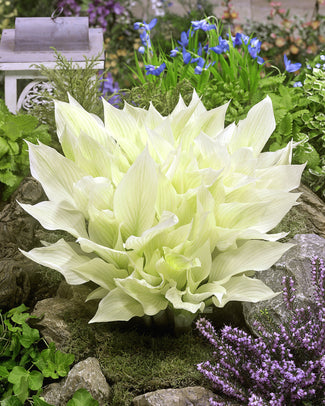
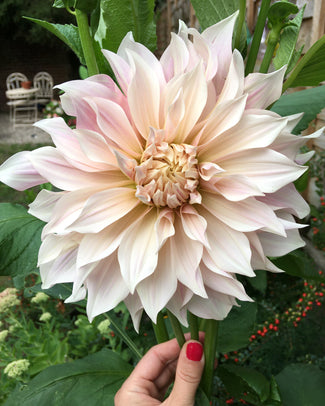
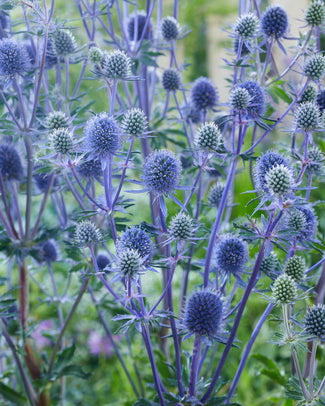
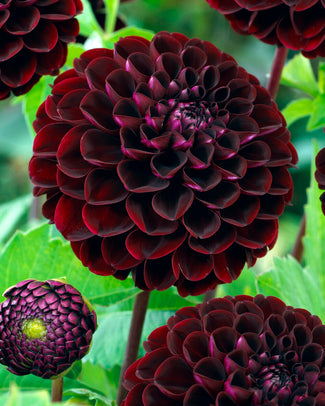
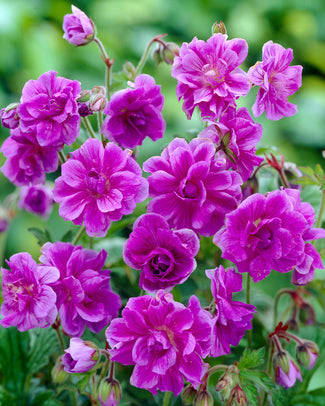
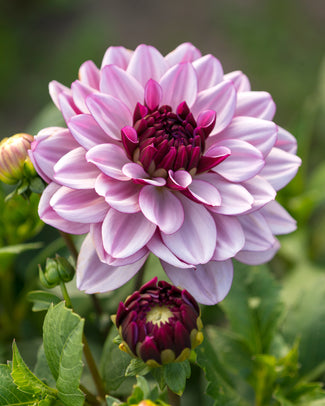
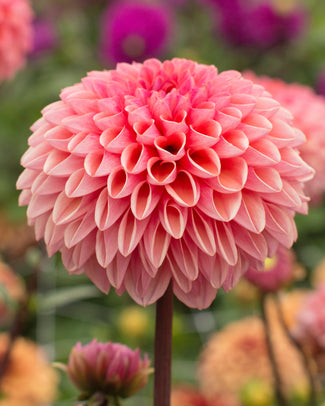
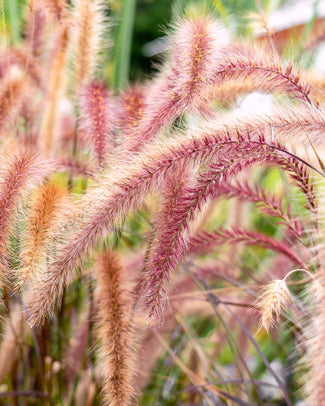
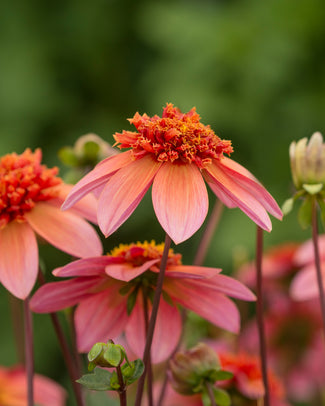
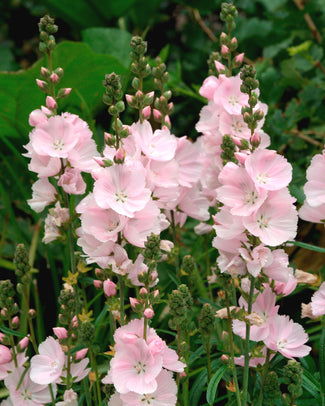
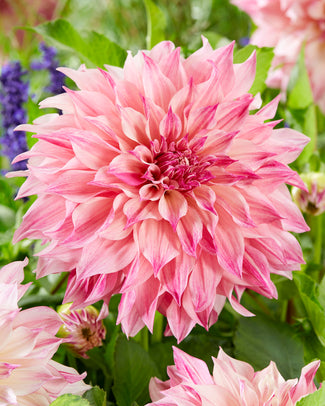
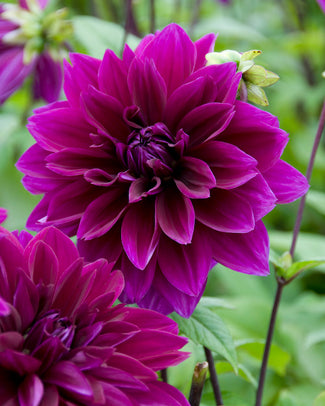
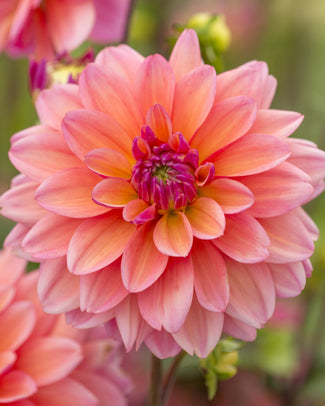
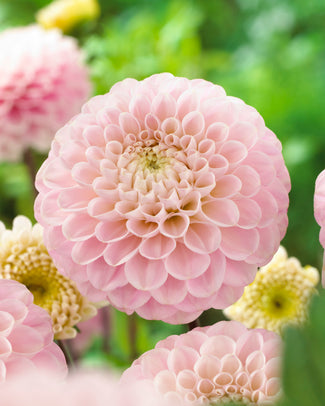
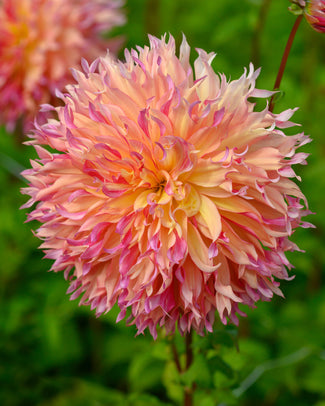
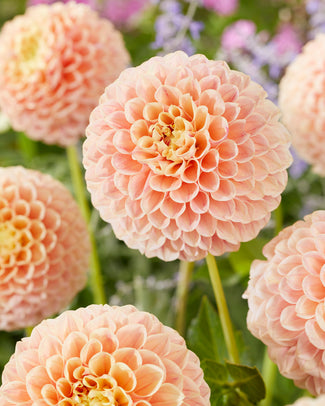
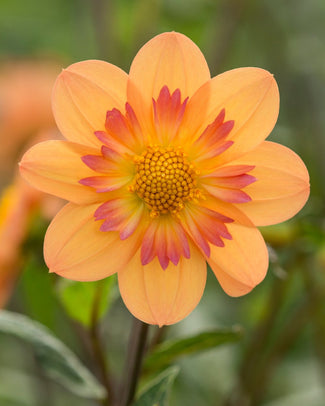
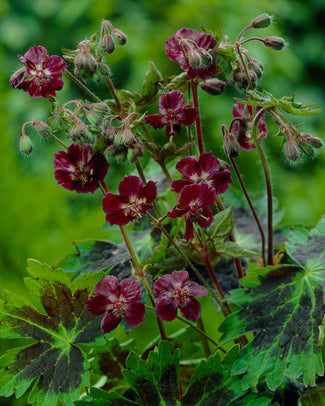
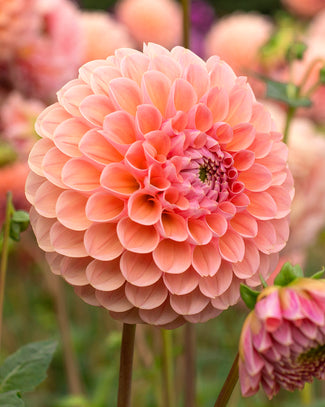
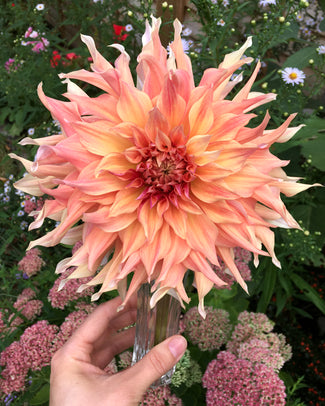
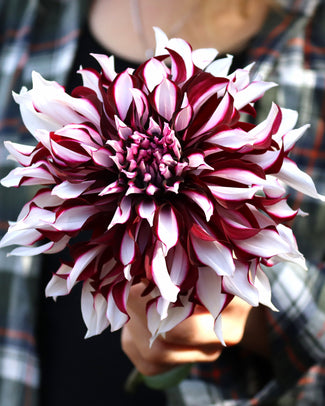
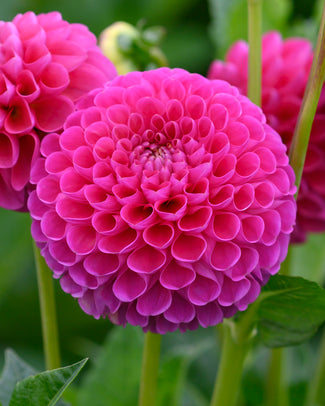
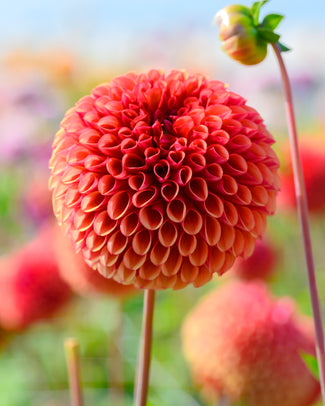
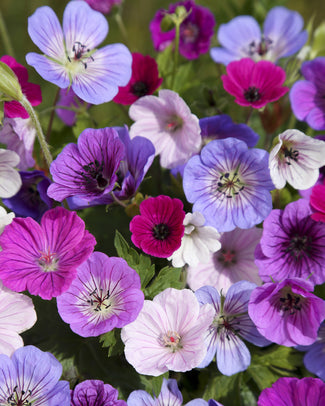
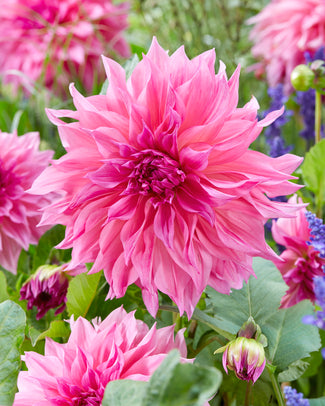
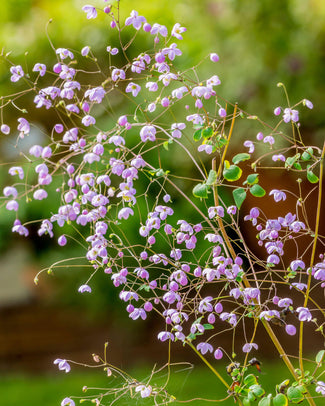
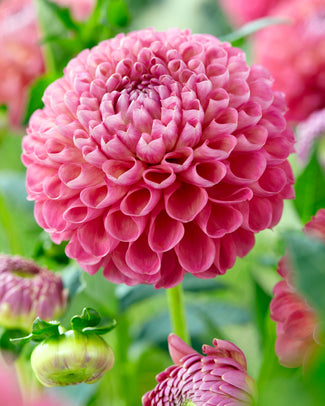
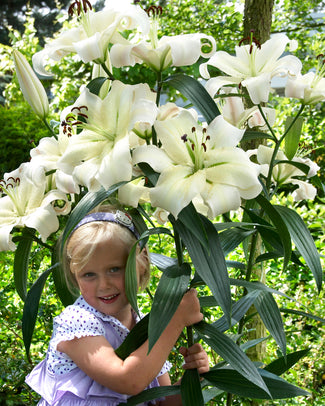
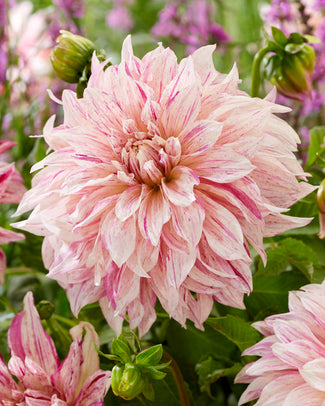
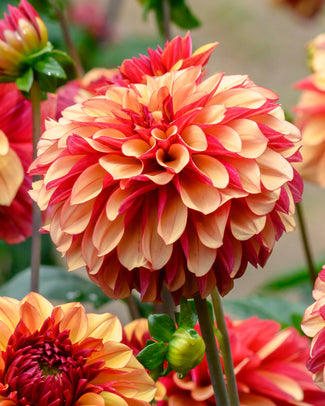
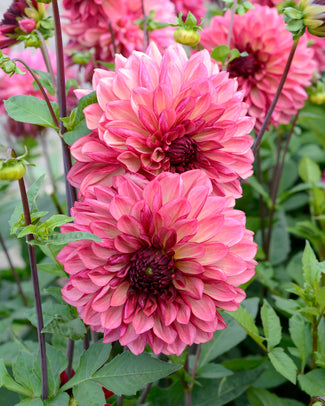
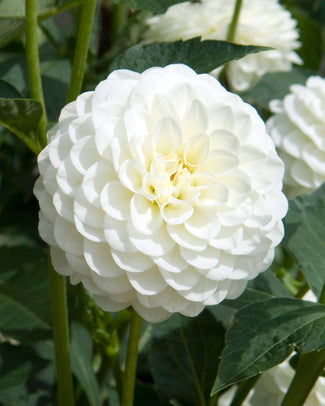
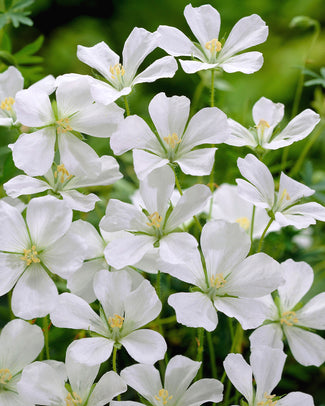
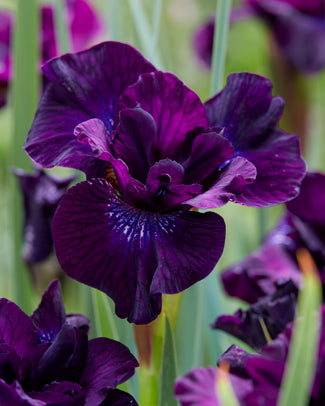
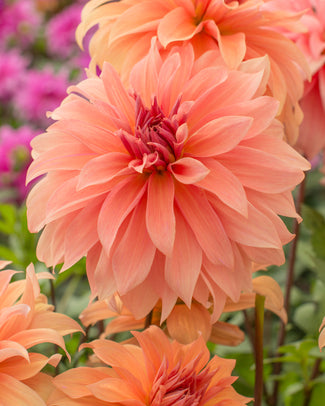
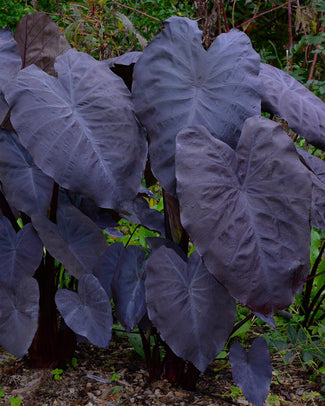
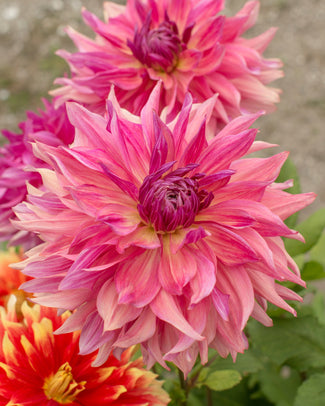
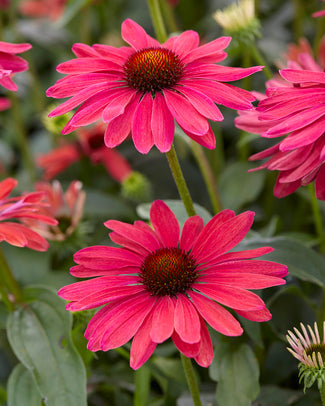
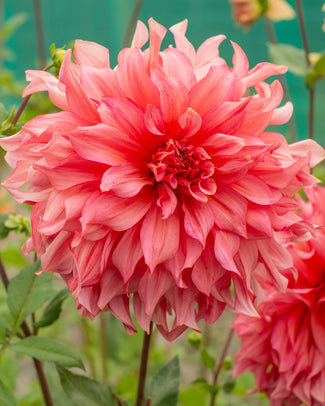
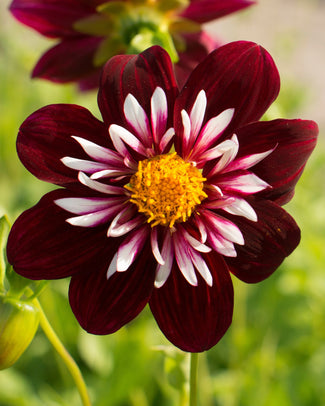
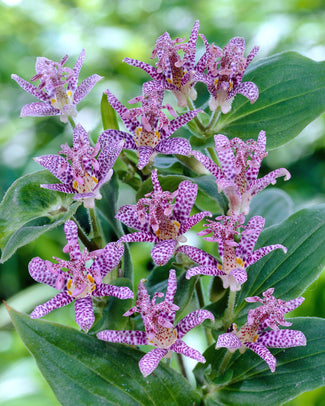
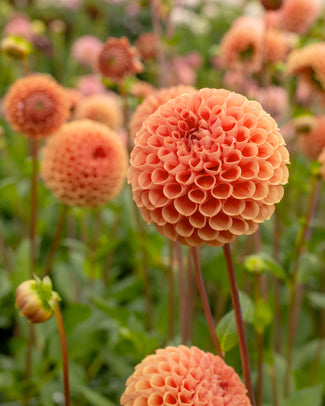
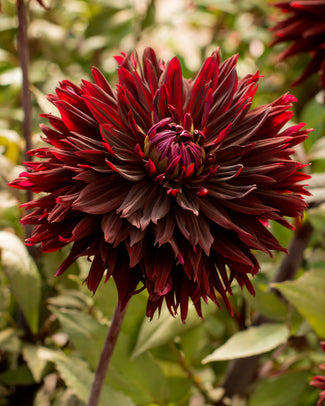
![Agapanthus 'Black Buddhist' []](http://www.farmergracy.co.uk/cdn/shop/products/agapanthus-black-buddhist-1_325x.jpg?v=1575625838)
